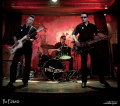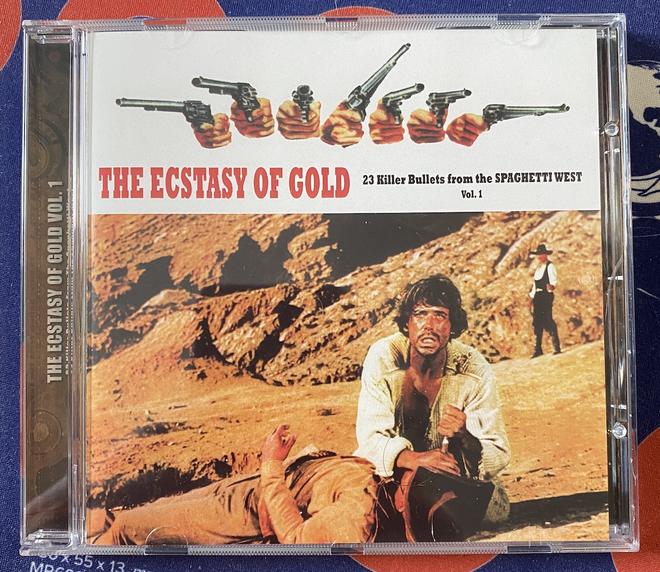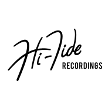
Posted on Apr 09 2018 04:00 PM
I read this entire thread with great interest and it spurred some thoughts. Like most phenomena, Surf Music was a product of time and circumstance, all coming together. The electric guitar had been invented in the '20s, but came into it's own in the thirties. By the late thirties, it was starting to take hold but then WW II put pretty much everything on hold.
As the postwar years brought back a degree of normalcy, the electric guitar took up right where it had been before the war, but the war also gave us a lot of people with technical skills, so there was plenty of development. While this part of the story is usually reserved for Leo Fender, I think it's probably more significant that Hammond Organ developed their reverb units and by 1960 had a compact spring-reverb pan which could be used in relatively portable equipment.
No longer was reverb the sole province of recording studios. Duane Eddy and Lee Hazelwood had used a water tank for their effect, and people loved it. The Shadows had used tape delay (which had also been used in Nashville) and got a bright, open sound that way, but tape delays had their own sets of issues.
When portable reverb became readily available the sound of Duane Eddy, the Shadows and other groups was now joined by something similar, but nonetheless different: spring reverb. It just so happened that this coincided with Surfing becoming all the rage with a new generation of teens in SoCal and it's no coincidence that the new thing in music would become tied to Surfing. They both happened about the same time. Dick Dale made the point that his music reminded him of the sound of riding the surf (whether he actually ever did or not is another question) but the sound of bright, clean guitars with lots of reverb and Surfing melded at that time.
This was also an era of explosive growth in drag racing and similar sounding music was associated with drag racing, hot rods, muscle-cars, etc. around the same time period. Both surfing and drag racing are exciting sports and clean guitars with lots of reverb played energetically fit well with the exciting nature of these sports.
The Beach Boys and Jan & Dean were essentially the outgrowth of doo-wop groups that hitched their music to the guitar sounds popular and both groups sang about surfing, because that was the emerging cultural trend of the time. They weren't the same thing as the Surf instrumentals we all love, but it was a product of many of the same influences.
But in the Central Valley, reverb and trebly electric guitars were being used in Country music; once again not identical to Surf by any means, but another expression of the effect of the technological development in the guitar world. The Bakersfield sound came to be all but synonymous with bright, solid-body guitars, and lots of reverb.
The sound of clean guitars and reverb was everywhere. If Los Straitjackets had time-warped into 1963 they would have fit in, not with Surf, but with a more mainstream style of music that used a slightly milder version of the same sounds. There was a lot of that sort of music out there, a strange mix of more traditional instrumentals played on electric guitars with lots of reverb and employing Rock n' Roll techniques.
If Ennio Morricone was at all aware of this, and I'm certain that he was, he would have seen the value in using this sound. Once again, the tension of the films fit well with the energy of that sound. It wasn't Surf music, by any means, but it was the sound of a bright, clean guitar with lots of reverb.
With all of the varieties above, there was change. Fuzz was used to some extent, various approaches to reverb and echo were used and different techniques developed in each genre. I just remember hearing variations of that same basic sound a lot of time when I was a child. I heard it on my sister's Top 40 station and I heard it on the station my musically conservative parents listened to. It was in movies, TV and when I started hanging out in music stores, I heard it there too.
Then, like a flash, it was gone. Somewhere around 1967 the mainstream sound changed and the sound of clean guitars with lots of reverb sounded dated, or relegated to the sequined nudie suit crowd. If I had cranked up the reverb a ripped through Pipeline, Buckaroo, or the Good, the Bad and the Ugly when I was 16 (1971) I would have been branded as incredibly lame. Five years before, it would have been cool, but things changed fast.
—
The artist formerly known as: Synchro
When Surf Guitar is outlawed only outlaws will play Surf Guitar.








































